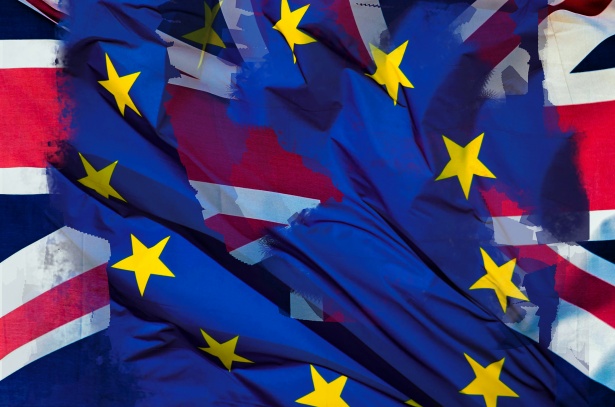Brexit forces interest-rate derivatives trading shift to US
A large amount of interest-rate derivatives trading has migrated to US venues this year following the UK’s withdrawal from the European Union.
This trading shift is dealing a blow to the City of London, highlighting the importance for the UK of reaching a post-Brexit agreement on financial regulation with the EU.
The International Financial Review (IFR) reports that volumes of euro interest-rate swaps transacted on US-based platforms, known as swap execution facilities (SEFs), jumped from 21% in December to 39% in the first two weeks of January, according to data provider IHS Markit.
Sterling swap volumes registered a similar rise. That came amid an equivalent drop in trading volumes on UK and EU-based derivatives trading venues.
The sharp move in activity came in the wake of the UK and EU failing to reach a “mutual equivalence” agreement on cross-border regulation of derivatives trading following the UK’s departure from the trading bloc.

A permanent shift to New York would be particularly damaging for London.
A permanent shift to New York would be particularly damaging for London.
It also raises the stakes in negotiations as the UK and EU look to iron out an agreement on financial services in the coming months.
But industry experts note it could also harm EU-based companies if the cost of trading derivatives rises as a result of the impasse.
“The market was primarily based in the UK. But the market is global and quite agile – it will shift. This is what we expected to happen with the lack of equivalence,” Kirston Winters, managing director at IHS Markit’s MarkitSERV, tells IFR.
“The key thing is liquidity pools are fragmented. The worry participants have is, what are you doing to prices and liquidity if you’re fragmenting the market?”
The UK and EU have a virtually identical regulatory framework for derivatives trading, including a requirement for cleared swaps that are sufficiently liquid to be transacted on venues that are broadly similar to US SEFs.
See also: Central Bank of Ireland urges firms to contact UK banks over Brexit
Not recognising each other’s derivatives trading rules meant that EU-based entities could no longer transact swaps on venues based in the UK – and vice versa – come 1 January. Instead, EU and UK-based entities can only trade on local venues or in countries with which equivalence agreements have been struck, such as the US.
That is particularly problematic for London, the foremost centre for derivatives trading globally, including the $495 trillion interest-rate swap market.
Around $3.7 trillion in these swaps changed hands daily in the UK, according to a 2019 survey from the Bank for International Settlements. That’s about half the entire market and over 30 times more than France’s share, the most prominent EU country trading these swaps.
Nearly half (45%) of sterling swap trades in January have been traded on US SEFs, according to IHS Markit. US dollar swap transactions also increased, with US SEFs capturing 83% of these markets, up from 75% in December.
The UK’s Financial Conduct Authority (FCA) has provided some limited relief that allowed UK firms trading with EU clients that don’t have access to SEFs to trade on EU venues.
But the regulator made clear in a late December statement that an overarching agreement on mutual equivalence is needed “to avoid disruption for market participants and avoid fragmentation of liquidity”.
London and Brussels are aiming to sign a memorandum of understanding over financial regulation by March, although that does not guarantee that an agreement over mutual equivalence will be reached.
Read next: EU warns City of longer wait for market access post-Brexit









































